Ubiquiti RocketDish 5G31-AC is a dual-polarization 5.1-5.8 GHz dish antenna with a gain specified as 31 dBi at 75 cm diameter. It features a deep dish construction for improved rear lobe rejection. In comparison to other similar dish antennas, this one is advertised as light-weight at 7.6 kg, including mount and radome.
I installed it in October 2017 at the top of 18 m mast with an antenna rotator for Wi-Fi DX-ing. Initially I was thinking about a larger dish, but they were too heavy for my aluminium mast.
At first sight, the UBNT logo is somewhat misaligned and the top hood is asymmetrically positioned. I did not remove the protective radome, as it is mounted with rivets. However, there is a video on the YouTube showing the dish internals. Two RP-SMA connectors are placed at the rear panel, together with a bubble level indicator.
The driven element can be easily disassembled and it actually consists of one piece of conductor combined for both horizontal and vertical polarization. Its quality is somewhat puzzling – one can see lots of scratches, some dark spots and even discontinuities of the coating. Note this is a brand new unit.
Fortunately, the performance seems to be fine. I measured VSWR up to 1.7 within 5.1-5.8 GHz frequency range using Agilent N5242A network analyzer.
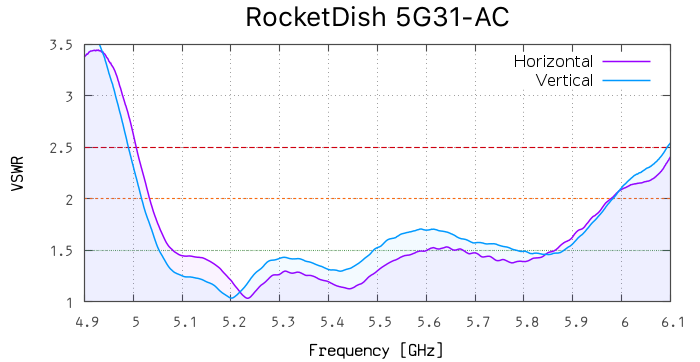
There is a plastic socket behind the dish, dedicated for a Ubiquiti Rocket radio. I had to make a custom box for a MikroTik Routerboard. I bought an aluminium IP67 enclosure Gainta HQ029S, but it required a lot of additional work. Apart from drilling holes for bolts, mounting cable gland and cutting out space for antenna’s rear panel, a special holder for the PCB was also required. The antenna’s rear panel with RF connectors was installed back together with my custom enclosure.
I also added an accelerometer module for antenna elevation angle measurement and alignment, which is connected to an Arduino board. It is not reliable as an absolute indicator though, but helps with mast leveling with guy lines. By the way, I can upgrade the program on the Arduino board at any time. Of course MikroTik RouterOS does not support that, but I prepared a build of OpenWRT with avrdude which can be booted via Ethernet.
I did some preliminary tests of the antenna before erecting it up on a huge mast.

The antenna mount seems to be made of aluminium (or actually duraluminum), as it is very light-weight. Separate elevation rod is also an awesome thing to have, as the antenna can be reinstalled on another mast without additional alignment. There is enough space between antenna mount and the box to open it up, so the board can be replaced after installation on the mast without any further disassembly. The sealing between my custom enclosure and antenna’s rear panel is done with a rubber gasket.
The MikroTik RB912UAG-5HPnD features a 2×2 MIMO 802.11an radio (AR9342 SoC) with 30 dBm tx power. Unfortunately, it is unreliable for Wi-Fi DX-ing, as the radio calibration process takes around 100 ms for each channel. During that time, all reported signals level values are underestimated and the sensitivity is considerably worse. The workaround is to use longer channel hopping time (at least 200 ms/freq, preferably more). This problem has been reported to MikroTik support and acknowledged, but with no solution. On the other hand, the hardware with older AR92xx chipsets allows to change the channel instantly and sweep the whole band at twice rate (i.e. 100 ms/freq).
Update (June 2019) – Due to that bug, the radio was replaced to DBII F52N-PRO (based on AR9220 chipset) with MikroTik RB411GL board. It is able to perform instant channel hopping and furthermore provides noticeably better sensitivity. There is one disadvantage though, as the tx power is only 28 dBm.
There are some things to consider and test, like polarization separation. I also have an idea how to measure the radiation pattern using high rate packet generator with Wi-Fi module and signal level averaging on the other side. However I need to find a good place with full line of sight and reasonable distance from my antenna.
|
Pros:
|
Cons:
|
The antenna was installed with a rotator, at the top of a 18 meter aluminium mast (80×5 mm + 70×5 mm + 60×5 mm + 50×5 mm) and could be remotely controlled from anywhere. The following video presents erection of the mast, done using three manual winches. The mast and antenna was damaged during lifting after a maintenance in May 2020.
Last update: May 2020


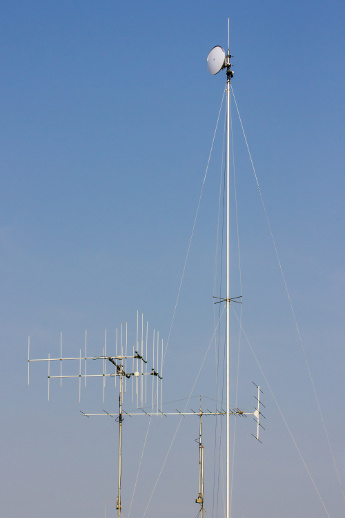
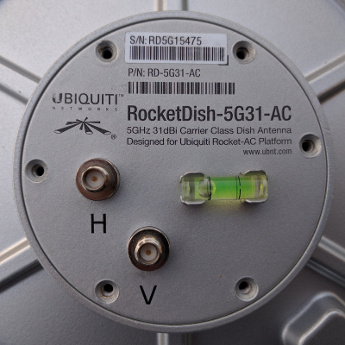
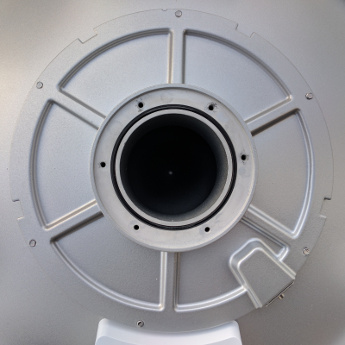
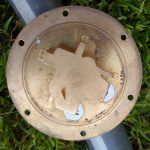

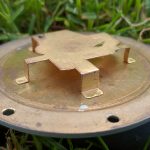
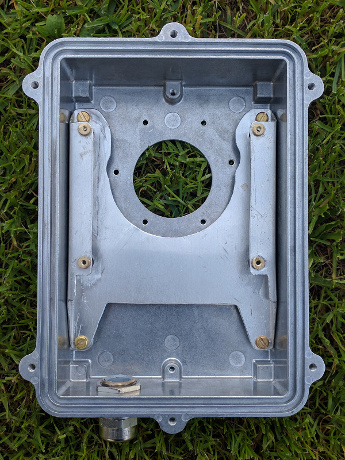
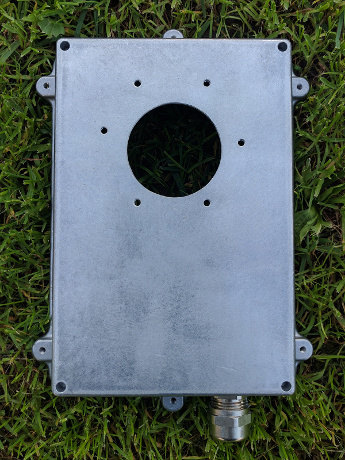
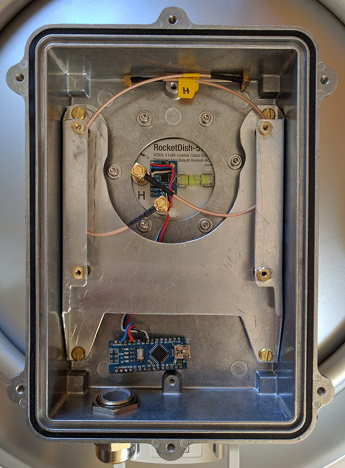
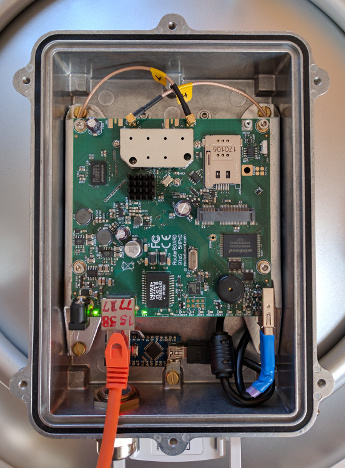
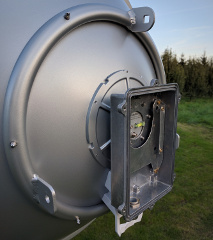
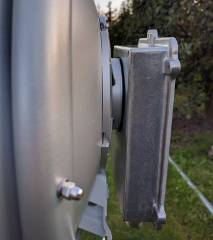
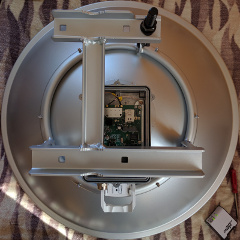

My relatives all the time say that I am killing my
time here at web, however I know I am getting experience all the time
by reading thes good content.
Rattling excellent info can be found on website.